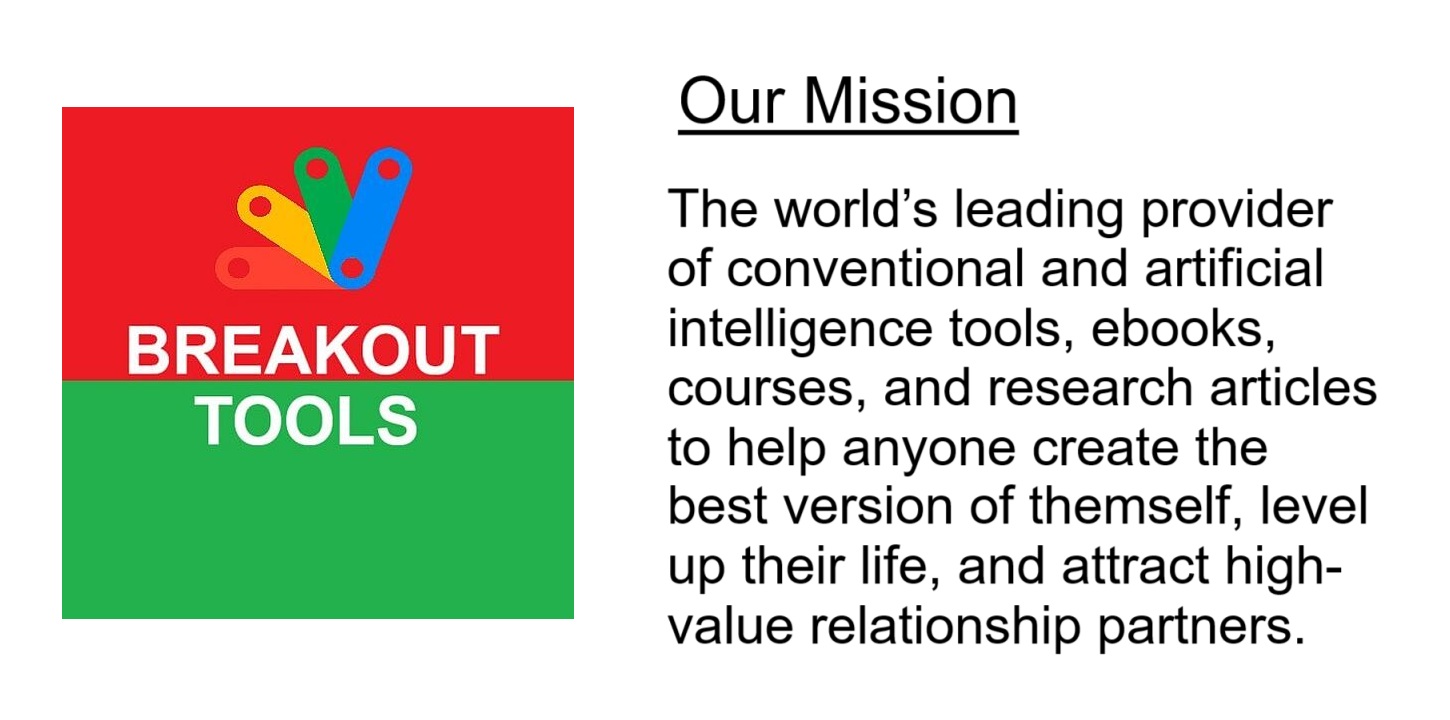Introduction
In recent years, there has been a discernible and concerning increase in the incidence of broken heart syndrome, also known as Takotsubo cardiomyopathy, particularly among women. This condition, triggered by intense emotional or physical stress, can lead to severe cardiac dysfunction, mimicking the symptoms of a heart attack. As healthcare professionals and researchers delve deeper into this phenomenon, it becomes imperative to understand the underlying factors contributing to this alarming trend and to develop effective strategies for prevention and treatment.
Understanding Broken Heart Syndrome
Takotsubo cardiomyopathy, or broken heart syndrome, is a temporary heart condition that is often brought on by stressful situations and extreme emotions. The condition is characterized by a sudden weakening of the left ventricle, the heart’s main pumping chamber. This weakening leads to a distinctive ballooning shape, resembling a Japanese octopus trap known as a “takotsubo,” hence the name.
Symptoms and Diagnosis
The symptoms of broken heart syndrome can be alarming and often mimic those of a heart attack, including:
- Chest pain
- Shortness of breath
- Irregular heartbeat
These symptoms typically occur within minutes or hours after a significant emotional or physical stressor.
Diagnosing broken heart syndrome involves a combination of tests, including:
- Electrocardiogram (ECG): To assess the heart’s electrical activity.
- Echocardiogram: To visualize the heart’s structure and function.
- Blood tests: To rule out a heart attack and measure levels of stress hormones.
- Coronary angiography: To examine the coronary arteries and rule out blockages.
The Alarming Rise in Women
Studies have revealed a concerning trend: broken heart syndrome is disproportionately affecting women, especially those over the age of 50. Several factors may contribute to this gender disparity:
- Hormonal Changes: The decline in estrogen levels during menopause may make women more susceptible to the effects of stress hormones on the heart.
- Emotional Reactivity: Women tend to experience and express emotions more intensely than men, potentially making them more vulnerable to stress-induced cardiac dysfunction.
- Social and Psychological Factors: Women often face unique social and psychological stressors, such as caregiving responsibilities, work-related stress, and relationship challenges, which can increase their risk.
The Role of Stress
Stress plays a pivotal role in triggering broken heart syndrome. When faced with intense emotional or physical stress, the body releases a surge of stress hormones, such as adrenaline and cortisol. These hormones can overwhelm the heart, causing the left ventricle to weaken and contract inefficiently.
Common stressors that can trigger broken heart syndrome include:
- Loss of a loved one
- Romantic rejection or heartbreak
- Financial difficulties
- Job loss
- Natural disasters
- Medical procedures
The Impact on Cardiac Health
Broken heart syndrome can have significant implications for cardiac health, even though it is typically a temporary condition. In severe cases, it can lead to:
- Heart failure
- Arrhythmias (irregular heartbeats)
- Cardiogenic shock (inability of the heart to pump enough blood to meet the body’s needs)
- Death (in rare cases)
Even after the acute phase of the condition has passed, patients may experience lingering symptoms such as fatigue, chest pain, and shortness of breath. Additionally, individuals who have experienced broken heart syndrome may be at increased risk of developing other cardiovascular problems in the future.
Prevention and Treatment Strategies
While there is no specific cure for broken heart syndrome, several strategies can help prevent and manage the condition:
- Stress Management:
- Identify and address stressors: Recognize the sources of stress in your life and take steps to mitigate their impact.
- Practice relaxation techniques: Engage in activities that promote relaxation, such as yoga, meditation, or deep breathing exercises.
- Seek social support: Connect with friends, family, or support groups to share your feelings and experiences.
- Lifestyle Modifications:
- Maintain a healthy diet: Consume a balanced diet rich in fruits, vegetables, and whole grains.
- Engage in regular exercise: Aim for at least 30 minutes of moderate-intensity exercise most days of the week.
- Get adequate sleep: Prioritize sleep and aim for 7-8 hours of quality sleep per night.
- Limit alcohol and caffeine consumption: Excessive alcohol and caffeine intake can exacerbate stress and anxiety.
- Medications:
- Beta-blockers: To reduce the effects of stress hormones on the heart.
- ACE inhibitors or ARBs: To improve heart function and prevent complications.
- Diuretics: To reduce fluid retention and ease the workload on the heart.
- Antidepressants or anti-anxiety medications: To manage underlying mood disorders that may contribute to stress and anxiety.
- Psychotherapy:
- Cognitive-behavioral therapy (CBT): To help individuals identify and change negative thought patterns and behaviors that contribute to stress and anxiety.
- Mindfulness-based therapy: To cultivate present moment awareness and reduce reactivity to stressors.
The Need for Further Research
While significant progress has been made in understanding broken heart syndrome, further research is needed to:
- Identify the specific mechanisms that contribute to the gender disparity in the condition.
- Develop more effective strategies for preventing and treating broken heart syndrome.
- Evaluate the long-term cardiovascular consequences of broken heart syndrome.
Conclusion
The surge of broken heart syndrome in women is a concerning trend that demands attention. By understanding the underlying factors contributing to this phenomenon, healthcare professionals and individuals can take proactive steps to prevent and manage the condition. Stress management, lifestyle modifications, medications, and psychotherapy can all play a role in mitigating the impact of stress on the heart and promoting overall cardiac health. As research continues to unravel the complexities of broken heart syndrome, we can hope to develop more targeted and effective strategies for protecting the hearts of women and men alike.









